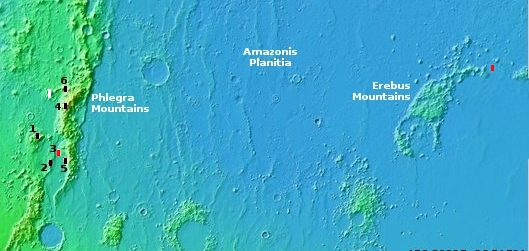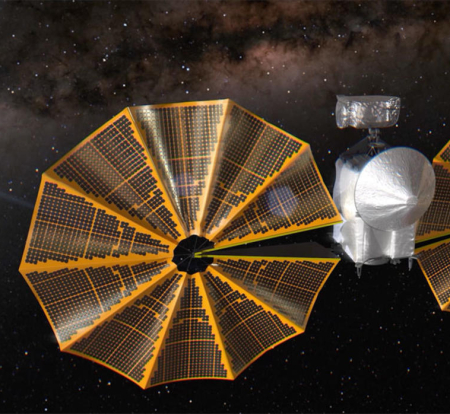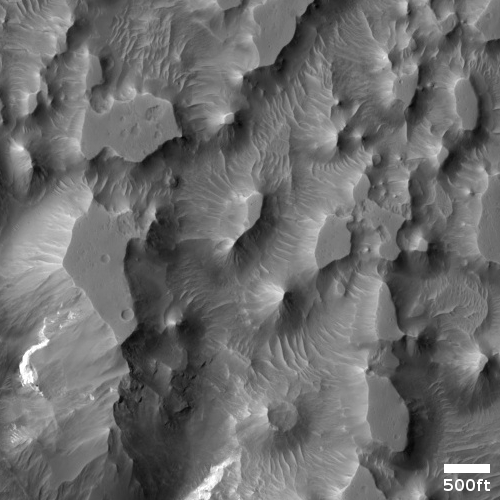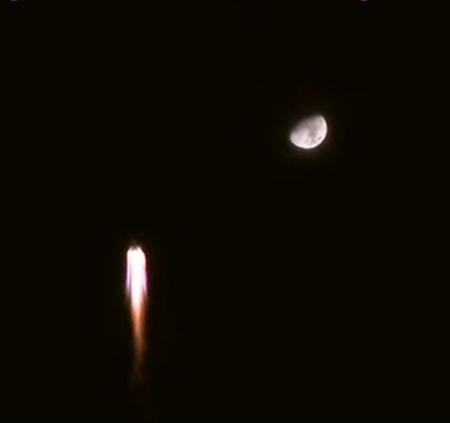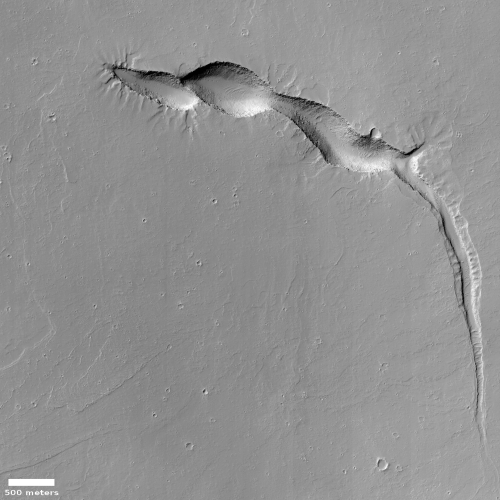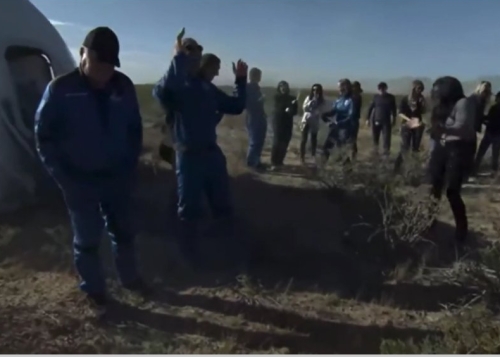Parker probe completes fifth Venus flyby
The Parker Solar Probe on October 16th successfully completed its fifth flyby of Venus, designed to lower its solar orbit around the Sun.
At just after 5:30 a.m. EDT, moving about 15 miles (24 kilometers) per second, the spacecraft swooped 2,370 miles (3,814 kilometers) above Venus’ surface. Such gravity assists are essential to the mission to bring Parker Solar Probe progressively closer to the Sun; the spacecraft counts on the planet to reduce its orbital energy, which in turn allows it to travel closer to the Sun and measure the properties of the solar wind near its source.
This was the fifth of seven planned Venus gravity assists. The flyby reduced Parker Solar Probe’s orbital speed by about 6,040 miles per hour (9,720 kilometers per hour), and set it up for its 10th close pass (or perihelion) by the Sun, on Nov. 21.
Parker Solar Probe will break its own distance and speed records on that closest approach, when it comes approximately 5.3 million miles (8.5 million kilometers) from the Sun’s surface — some 1.2 million miles (1.9 million kilometers) closer than the previous perihelion on Aug. 13 – while reaching 101 miles (163 kilometers) per second, or 364,621 miles per hour. Assisted by two more Venus flybys, in August 2023 and November 2024, Parker Solar Probe will eventually come within 4 million miles (6.2 million kilometers) of the solar surface in December 2024.
That speed record, 364,621 miles per hour, is the fastest any human built object as ever traveled.
The Parker Solar Probe on October 16th successfully completed its fifth flyby of Venus, designed to lower its solar orbit around the Sun.
At just after 5:30 a.m. EDT, moving about 15 miles (24 kilometers) per second, the spacecraft swooped 2,370 miles (3,814 kilometers) above Venus’ surface. Such gravity assists are essential to the mission to bring Parker Solar Probe progressively closer to the Sun; the spacecraft counts on the planet to reduce its orbital energy, which in turn allows it to travel closer to the Sun and measure the properties of the solar wind near its source.
This was the fifth of seven planned Venus gravity assists. The flyby reduced Parker Solar Probe’s orbital speed by about 6,040 miles per hour (9,720 kilometers per hour), and set it up for its 10th close pass (or perihelion) by the Sun, on Nov. 21.
Parker Solar Probe will break its own distance and speed records on that closest approach, when it comes approximately 5.3 million miles (8.5 million kilometers) from the Sun’s surface — some 1.2 million miles (1.9 million kilometers) closer than the previous perihelion on Aug. 13 – while reaching 101 miles (163 kilometers) per second, or 364,621 miles per hour. Assisted by two more Venus flybys, in August 2023 and November 2024, Parker Solar Probe will eventually come within 4 million miles (6.2 million kilometers) of the solar surface in December 2024.
That speed record, 364,621 miles per hour, is the fastest any human built object as ever traveled.

